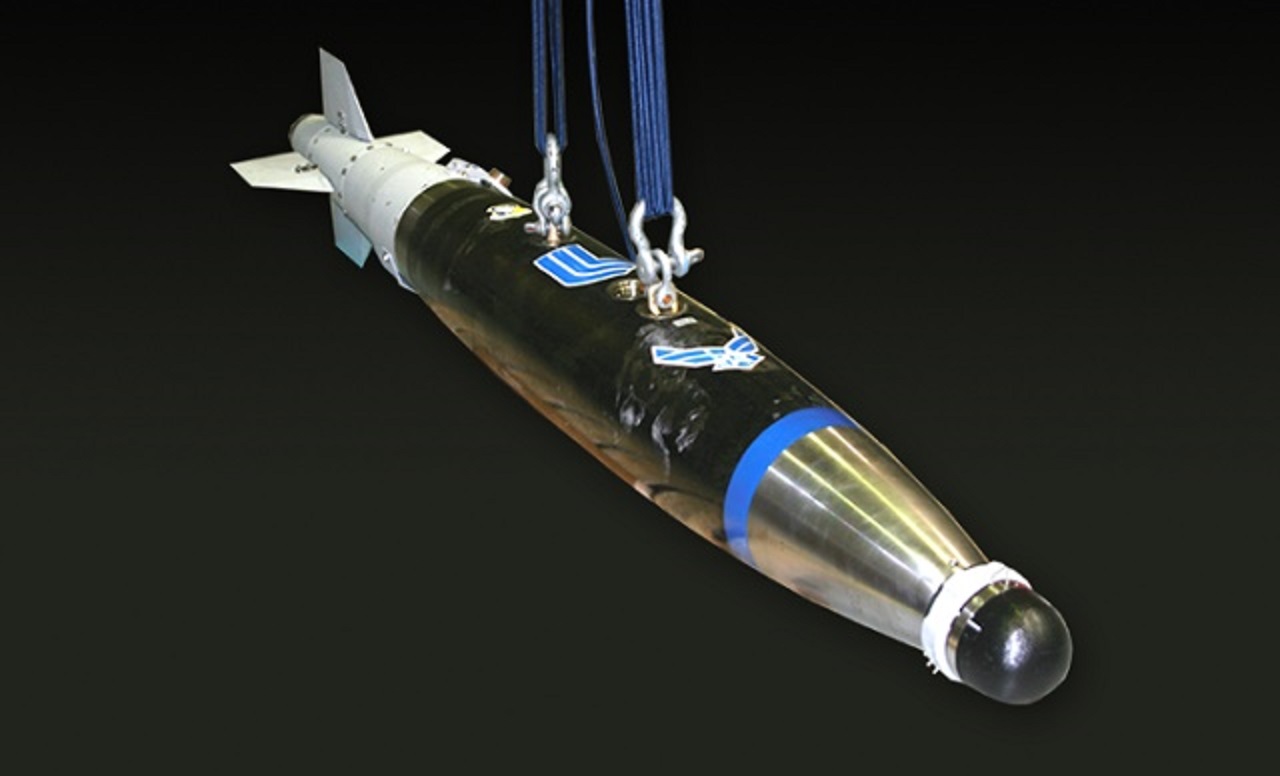
The US plans to export a bomb made of carbon fiber that is designed to cause less collateral damage than its predecessors, but can be more lethal, reports Flightglobal.com.
The 227kg (500lb) BLU-129/B was originally produced by Aerojet Rocketdyne for the war in Afghanistan as a way of reducing civilian deaths by using a carbon fiber composite shell casing to limit the blast radius.
The bomb entered service in 2011, and an initial production run of up to 800 units ended earlier this year. Now, the US Air Force says it is interested in restarting production for both domestic and international consumption, with the government approving exports to any nation that already purchases joint direct attack munition (JDAM) guidance assemblies.
The warheads must be manufactured in conformance with AF BLU-129/B drawings, and the procedure will involve carbon fiber wound construction of the warhead casing and integrated steel components.
‘The BLU-129/B continues to be an operational success story in multiple theatres of operation, providing a very low collateral damage weapon to reduce unintended fratricide,’ said Jasmine Porterfield, a spokeswoman for the air force armament directorate at Eglin Air Force Base in Florida. ‘The carbon fiber enables the BLU-129/B to achieve three-times less collateral damage compared to a steel-cased MK-82 warhead, and the tungsten-laden case high explosive has a higher near-field lethality.’
The service anticipates a production rate of 100 to 400 empty bomb casings per year for five years.
This story is reprinted from material from Flightglobal.com and Federal Business Opportunities, with editorial changes made by Materials Today. The views expressed in this article do not necessarily represent those of Elsevier.




